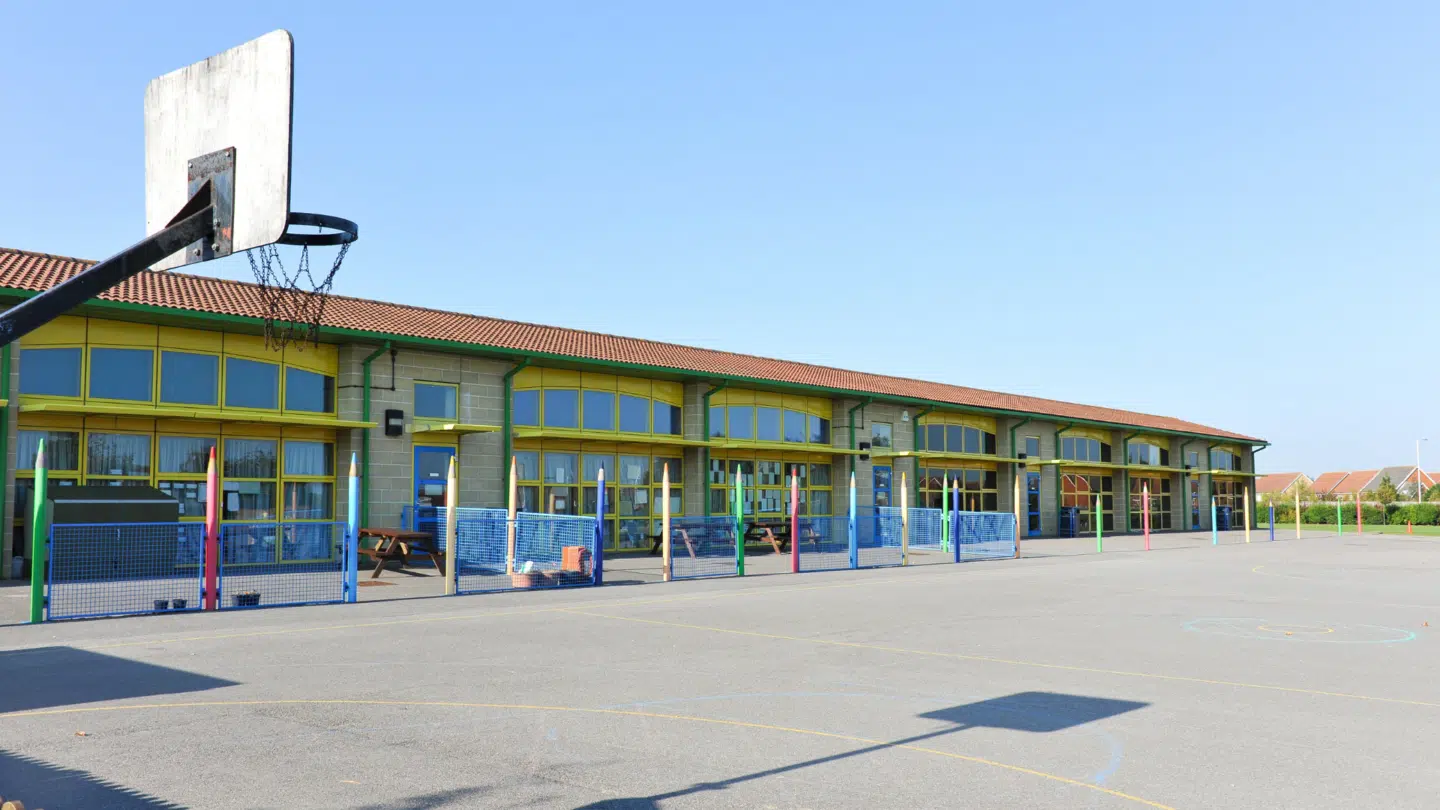How hard is it to write survey questions that are clear, meaningful, and effective? If you’ve ever found it challenging, you’re not alone.
At Teacher Tapp, we’ve written thousands of survey questions for teachers, many of which use Likert scales—questions designed to measure levels of agreement or disagreement on specific topics. These scales typically use consistent language for the extremes, such as “Strongly Agree” and “Strongly Disagree.” However, the wording for less intense responses—like “Somewhat Agree” or “Slightly Agree”—can vary, raising an important question:
Does the Choice of Words Affect Responses?
To explore this, we conducted an experiment with over 11,000 teachers. They were presented with the same statement:
“I would like greater freedom and autonomy over the plans and resources I must use.”
Each teacher was randomly assigned to one of four groups, each using a different set of response options:
- Strongly Agree, Agree, Neither Agree Nor Disagree, Disagree, Strongly Disagree
- Strongly Agree, Slightly Agree, Neither Agree Nor Disagree, Slightly Disagree, Strongly Disagree
- Strongly Agree, Somewhat Agree, Neither Agree Nor Disagree, Somewhat Disagree, Strongly Disagree
- Strongly Agree, Moderately Agree, Neither Agree Nor Disagree, Moderately Disagree, Strongly Disagree
The results (below) showed subtle but significant differences in how teachers responded based on the wording of the options.

Key Insights from the Experiment
- “Agree/Disagree” wording: This simple format reduced the number of responses at the extreme ends (“Strongly Agree” or “Strongly Disagree”). This may be because the language feels more definitive. One other consequence is that it resulted in a larger proportion of respondents selecting “Neither Agree Nor Disagree”—a less helpful outcome for researchers who like to avoid equivocal responses.
- “Slightly,” “Somewhat,” and “Moderately”: These modifiers produced similar response patterns, but “Somewhat” stood out as the most effective. It reduced the number of neutral responses, perhaps because it strikes a balance between agreement and hesitation, encouraging respondents to lean one way or another.
What Does This Mean for School Leaders?
If you’re using School Surveys to design custom questions for your teachers, the words you choose matter. The language of your response options can subtly influence how teachers interpret and answer your questions. For example, using “Somewhat Agree” instead of “Slightly Agree” might help you gain more actionable insights into teacher sentiment.
When crafting your surveys, keep these principles in mind:
- Clarity is key: Use clear, precise language that respondents can interpret consistently.
- Avoid overly neutral responses: Too many “Neither Agree Nor Disagree” answers may limit the usefulness of your data.
- Experiment if needed: If you’re uncertain about which wording works best, consider piloting your questions with a small group or ask individual teachers for feedback on your questions.
Get the Most Out of School Surveys
With the recent launch of customisable questions on the School Surveys platform, you now have the flexibility to tailor your surveys to your school’s specific needs. Thoughtful design of your Likert scale questions will not only improve response rates but also ensure you gather the meaningful data you need to make informed decisions.
Ready to get started? Contact us to learn more about how School Surveys can help your school today!



